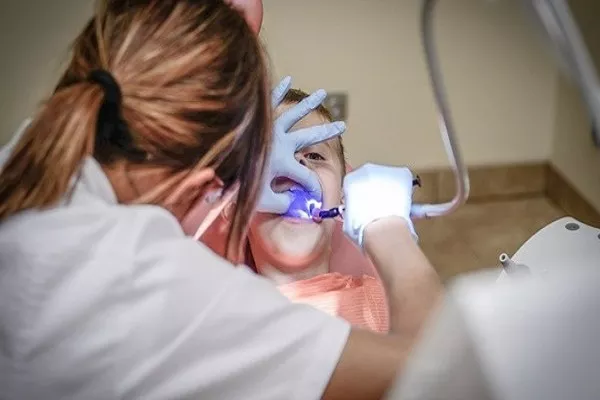Achieving a bright, radiant smile is a desire shared by many individuals. With the increasing popularity of teeth whitening strips, people often wonder how frequently they should use them to achieve optimal results without compromising their dental health.
Understanding Teeth Whitening Strips
Teeth whitening strips are thin, flexible, and transparent strips coated with a peroxide-based gel. These strips are designed to adhere to the front surface of your teeth, providing a controlled amount of whitening agents that help to lighten stains and discoloration. They are widely available over-the-counter and offer a convenient at-home teeth whitening solution.
Follow the Manufacturer’s Guidelines
When using teeth whitening strips, it’s crucial to carefully read and follow the manufacturer’s guidelines and instructions. Each product may have varying concentrations of whitening agents, and the recommended usage frequency can differ. Overusing the strips may lead to tooth sensitivity or gum irritation, so it’s essential to use them as directed.
Gradual Approach for Best Results
While it might be tempting to use whitening strips excessively in hopes of faster results, a gradual approach is the key to both effective and safe teeth whitening. Most products recommend using the strips for 30 minutes daily. However, some may advise using them twice a day for a shorter duration. It’s important not to exceed the recommended usage frequency to avoid unwanted side effects.
Monitoring Tooth Sensitivity
Tooth sensitivity is a common concern with teeth whitening, and it varies from person to person. If you experience tooth sensitivity during or after using whitening strips, it’s advisable to reduce the frequency of use or take a short break. Consult with your dentist if sensitivity persists, as they can recommend desensitizing products or alternative whitening methods.
Not Suitable for Everyone
It’s essential to recognize that teeth whitening strips may not be suitable for everyone. Individuals with dental restorations like crowns or veneers will not experience the same whitening effect, and using whitening strips on these restorations can lead to uneven coloration. If you have dental restorations or any oral health issues, consult your dentist before using whitening strips.
Maintaining Oral Health
While using teeth whitening strips, it’s vital to maintain excellent oral hygiene practices. Regularly brush, floss, and visit your dentist for cleanings and check-ups. Proper oral care ensures that the whitening strips work optimally and helps to avoid any potential complications.
Long-Term Whitening Maintenance
Once you achieve your desired level of teeth whiteness, you can reduce the frequency of using whitening strips to maintain the results. Incorporate teeth-friendly dietary habits and avoid excessive consumption of staining substances like coffee, tea, or tobacco.
Conclusion
Teeth whitening strips can be an effective way to brighten your smile when used correctly. Adhering to the recommended usage frequency, following the manufacturer’s guidelines, and being mindful of tooth sensitivity are essential aspects of safe and effective teeth whitening. Always remember that maintaining proper oral hygiene and consulting with your dentist are crucial steps in ensuring a healthy and radiant smile.





























